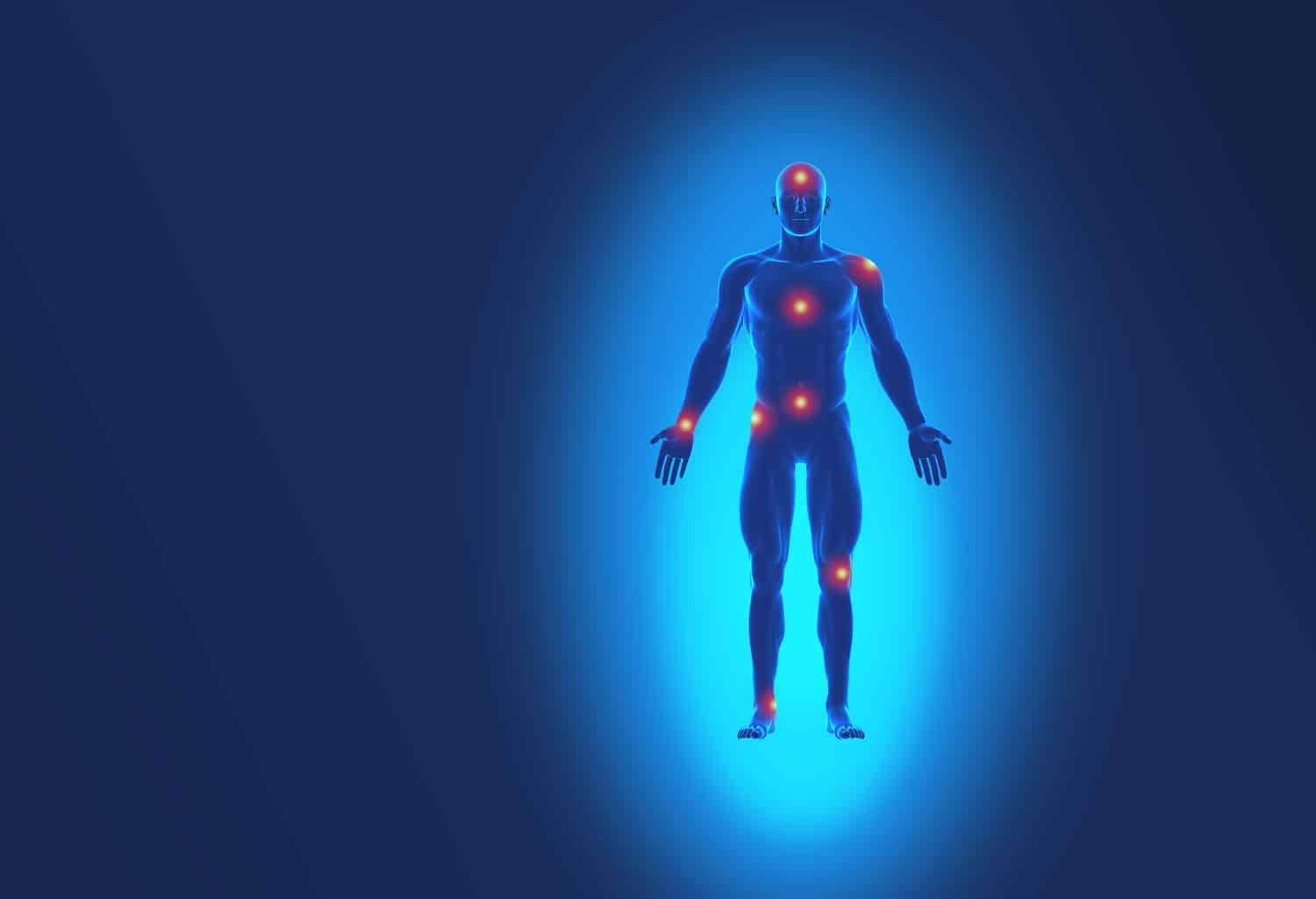
Table Of Contents

Body Pain After Car Accident
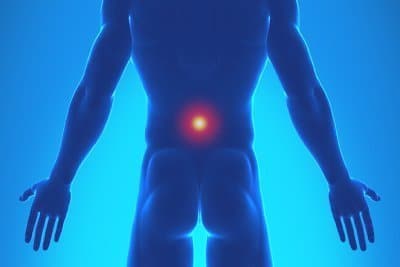
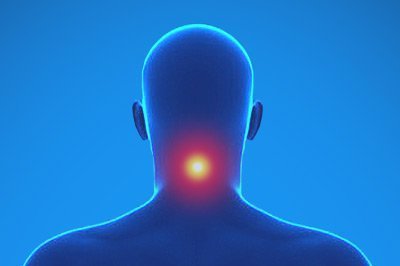
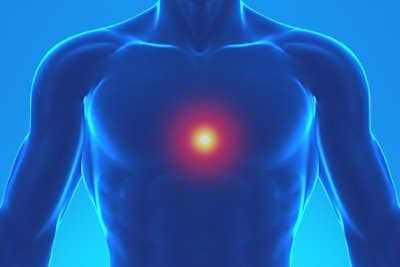
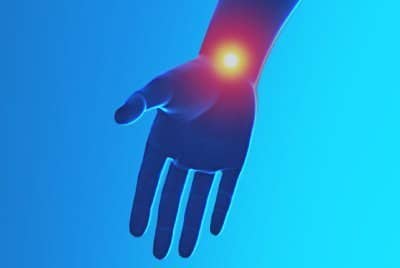
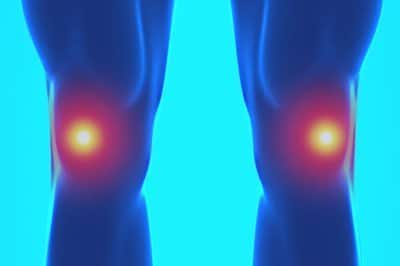
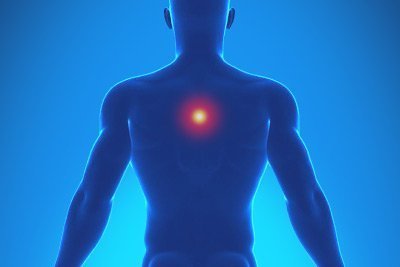
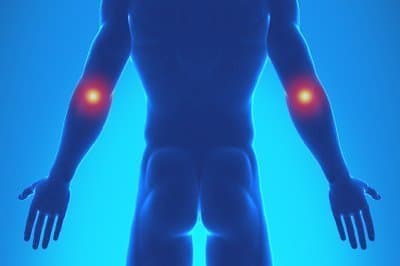

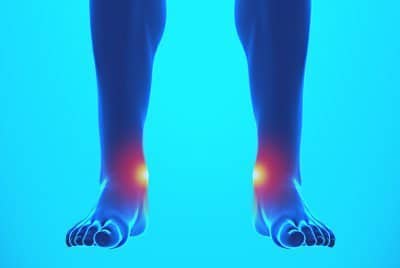
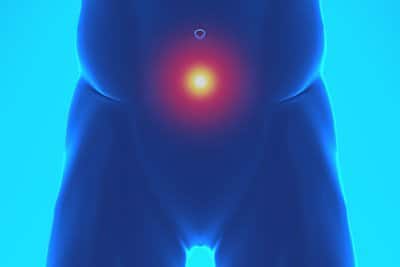
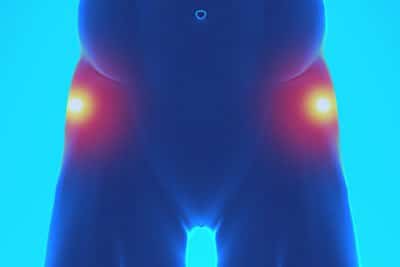
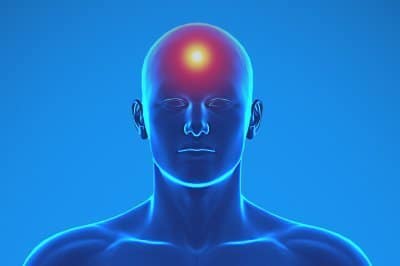
This infographic and the related articles are designed to help you understand pain after a Florida car accident. If your body is sore or you have body aches and pains, find the body part that hurts in the infographic and click it on. There you will learn all about the body part, how injury to it occurs in a car accident, and how doctors treat those injuries.

GET OUR FREE CAR ACCIDENT CASE GUIDE
If you have been injured in an automotive accident, contact one of our dedicated car accident lawyers near you now for a free consultation.
Lower Back Pain After a Car Accident

Lower Back Pain After a Car Accident
In many cases, lower back pain caused by a car accident will go away in a couple of days. As a result, many people take a wait and see attitude when it comes to getting medical treatment. However, this is not the best approach, as you should get your injuries checked out right away. If your symptoms are severe, go right to the hospital emergency room.
Read More: Lower Back Pain After a Car AccidentNeck Pain From a Car Accident

Neck Pain From a Car Accident
Most people take a wait and see approach when they are in a car accident and experience neck pain. This is definitely not the best thing to do. If your pain is severe, go to the emergency room right away. Even if you believe your neck symptoms are minor, you should still have your doctor or a walk-in clinic document your injuries on the same day as the accident.
If your neck pain does not go away in a couple of days, you should also call an auto accident lawyer.
Read More: Neck Pain From a Car AccidentChest Pain After a Car Accident

Chest Pain After a Car Accident
If you experience chest pain after getting into a car accident it could be nothing to worry about, but it could also be life-threatening. Unfortunately, chest pain symptoms can be very similar for both non-life threatening and life-threatening injuries.
Read More: Chest Pain After a Car AccidentHand and Wrist Pain After a Car Accident

Hand and Wrist Pain After a Car Accident
Most people do not realize that hand and wrist injuries are common in car accidents. How these injuries occur vary for the driver and for passengers.
Read More: Hand and Wrist Pain After a Car AccidentKnee Injury From Car Accident

Knee Injury From Car Accident
A knee injury from a car crash can occur because the knee bends the wrong way. However, the overwhelming majority of knee injuries from car accidents occur because of direct impact or trauma to the knee.
Upper and Middle Back Pain After a Car Accident

Upper and Middle Back Pain After a Car Accident
The upper back starts where the neck meets the shoulders and ends at the bottom of the ribcage. Doctors call this area of the body the thoracic spine. It’s composed of bones, muscles, ligaments, tendons, and nerves. Injury to any one of these structures can result in thoracic pain after a car accident.
The twelve bones within the thoracic spine are called vertebrae. The vertebrae are numbered T1 at the top all the way to T12 at the bottom. Each vertebra is connected to each other by protruding bones called facets.
Read More: Upper and Middle Back Pain After a Car AccidentArm and Elbow Pain After A Car Accident

Arm and Elbow Pain After A Car Accident
Although there are many different causes of arm pain after a car accident, the actual mechanism of injury is often similar whether it’s upper arm pain, forearm pain, or elbow pain. One mechanism of injury is direct trauma to the arm or elbow, which happens when the impact from the crash causes the arm, forearm, or elbow to hit something inside of the car.
Shoulder Pain After Car Accident

Shoulder Pain After Car Accident
There are two main causes of pain in the shoulder after a car accident. The most common cause is bracing with the arm extended. For drivers, this happens because the driver grips the steering wheel tightly on impact. The arm muscles tense to resist the forces of the impact but the shoulder is not strong enough to withstand the compression. For passengers, the mechanism of injury is similar, but the steering wheel is not involved.
Read More: Shoulder Pain After Car AccidentAnkle and Foot Pain After a Car Accident

Ankle and Foot Pain After a Car Accident
This guide will help you understand ankle pain after a car accident. In addition to what to look for to determine if your ankle is broken or sprained, you will learn about types of ankle fractures you can suffer in an accident and types of treatment that can be used for your injury. You will also learn about foot pain after a car accident. This will include heel, midfoot, forefoot, and toe injuries as well as their treatment.
Read More: Ankle and Foot Pain After a Car AccidentStomach Pain After a Car Accident

Stomach Pain After a Car Accident
This guide discusses stomach pain after a car accident. Technically, the stomach is an organ on the upper left side of the abdomen. But many people complaining of stomach pain use the term more broadly to include the entire abdomen. So, for the purposes of this guide, we will too.
Topics include seat belt injury symptoms, seat belt injury to the abdomen, internal bleeding from a car accident, and organ damage. If you are experiencing any of the problems in this guide, you should get evaluated by a medical doctor immediately.
Read More: Stomach Pain After a Car AccidentHip Pain After a Car Accident

Hip Pain After a Car Accident
Hip pain after a car accident can be minor or it can be devastating. Pelvic pain after a car accident can be too. This guide will discuss how hip injury and pelvic injury happen in a car accident, types of hip and pelvic injuries, and common treatments.
Car accidents can generate tremendous forces. When the forces come from a side impact, all of that force can be transferred into the hip causing hip pain and injury. Front impacts can also cause hip pain and injury
Read More: Hip Pain After a Car AccidentHeadache After a Car Accident

Headache After a Car Accident
Having a headache after a car accident is a pretty common occurrence. So, you may be thinking its no big deal. But waiting to get it checked out is a mistake. Sometimes head pain from a headache will go away on its own. But other times it’s a sign of a much more serious traumatic brain injury (TBI). Whether the head pain is immediate, a constant headache that won’t go away, or a delayed headache after a car accident, evaluation by a doctor shortly after the symptoms start is important. The bottom line is that the only way to know for sure if the pain is a symptom of a serious head injury is to get checked out by a health care professional as soon as possible. Often the doctor will order a CT scan or MRI to visualize the inside of your head and to aide in diagnosing the severity of your injury.
Read More: Headache After a Car AccidentHaving a headache after a car accident is a pretty common occurrence. So, you may be thinking its no big deal. But waiting to get it checked out is a mistake. Sometimes head pain from a headache will go away on its own. But other times it’s a sign of a much more serious traumatic brain injury (TBI). Whether the head pain is immediate, a constant headache that won’t go away, or a delayed headache after a car accident, evaluation by a doctor shortly after the symptoms start is important. The bottom line is that the only way to know for sure if the pain is a symptom of a serious head injury is to get checked out by a health care professional as soon as possible. Often the doctor will order a CT scan or MRI to visualize the inside of your head and to aide in diagnosing the severity of your injury.
Read More: Headache
